11 Most Famous Spanish Authors of All Time

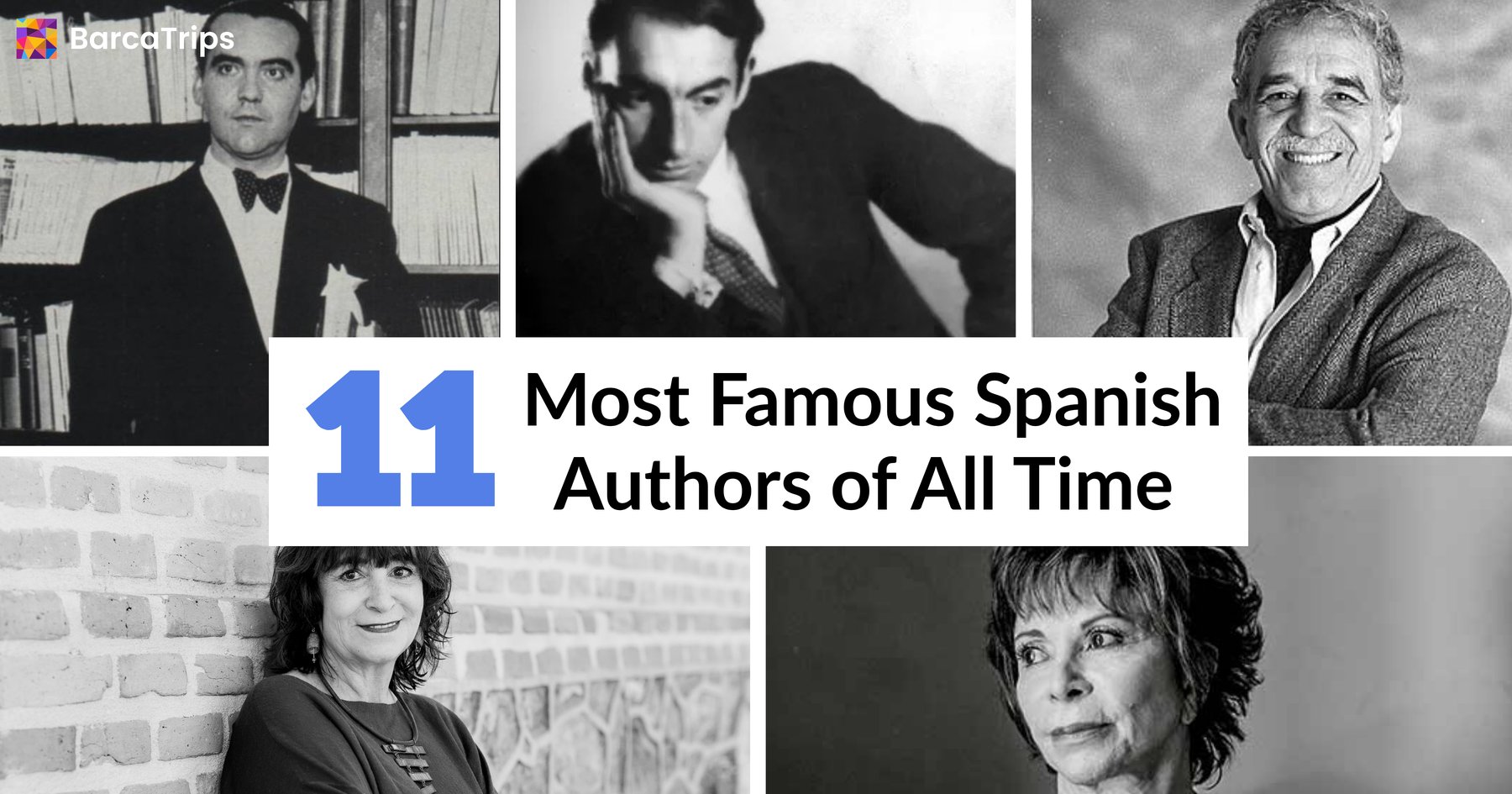
If you haven't read any Spanish literature, you're missing out. There are so many great authors, from classics like Miguel de Cervantes to modern writers like Isabel Allende—there's definitely someone for you. Their stories reflect Spain and Latin America's unique perspectives on love, identity, and social justice. Reading Spanish authors will deepen your understanding of these cultures and offer new perspectives.
If you read them in Spanish, it will also help improve your language skills and make the experience more immersive and interesting.
1. Miguel de Cervantes (1547-1616)
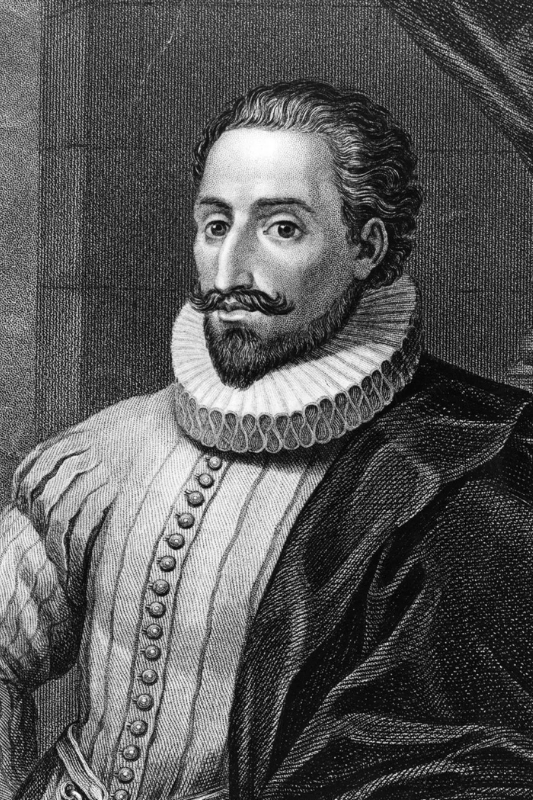
Miguel de Cervantes is best known for his monumental work Don Quixote, which is widely considered the first modern novel and a masterpiece of Western literature. It was written during the Spanish Golden Age. It blends satire and adventure and explores themes like idealism, reality, and identity. Cervantes’ life was marked by military service, captivity, and financial struggles, yet his literary contributions have had a profound and lasting impact on world literature.
Cervantes’ has a very unique narrative style, he combines multiple perspectives and a focus on character psychology. It paved the way for modern storytelling. His influence extends far beyond Spain, with Don Quixote translated into numerous languages and Cervantes is one of the most translated authors in history to this day. His work is celebrated for its depth, humor, and the timeless exploration of human nature.
2. Lope de Vega (1562-1635)
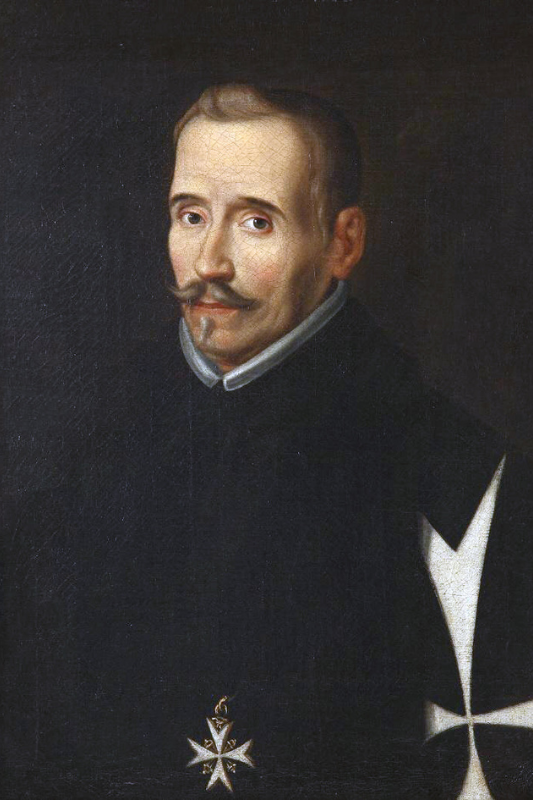
Lope de Vega was a towering figure of Spain’s Golden Age, known as one of the most prolific playwrights in history. He is often called the “Shakespeare of Spain”. He authored over 3,000 plays, with Fuenteovejuna and The Gardener's Dog among his most celebrated works.
His dramas often focused on themes of honor, love, and justice. They resonated with both noble and common audiences, which makes his works even more special and interesting to check out. Lope’s unique style combined lyrical beauty and profound moral questions. He is considered a key contributor to Spanish literature.
3. Federico García Lorca (1898-1936)
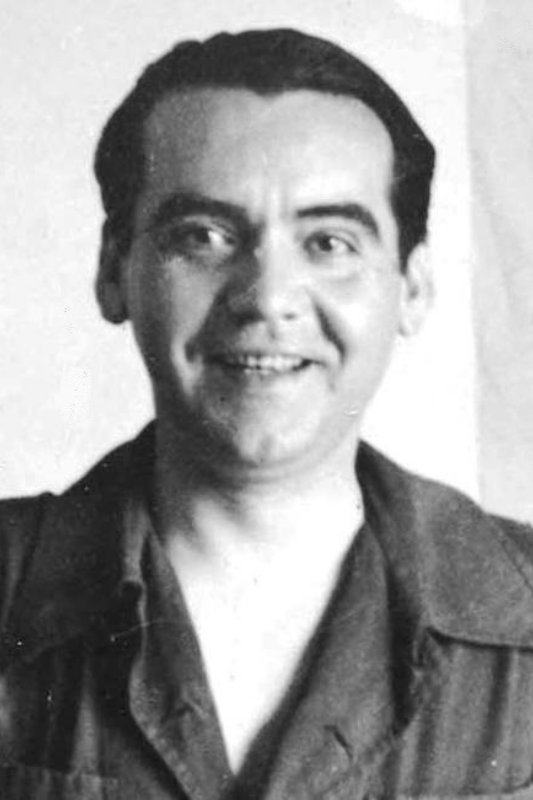
Federico García Lorca is one of Spain's most important poets and playwrights, particularly known for his connection to the Generation of '27. His works, such as Gypsy Ballads and The House of Bernarda Alba, explore deep themes of repression, tradition, and Andalusian culture.
Lorca’s lyrical language, combined with his keen exploration of social issues, made his work resonate with both literary critics and the general public. His tragic death during the Spanish Civil War only intensified his legacy as a symbol of artistic freedom.
4. Camilo José Cela (1916-2002)
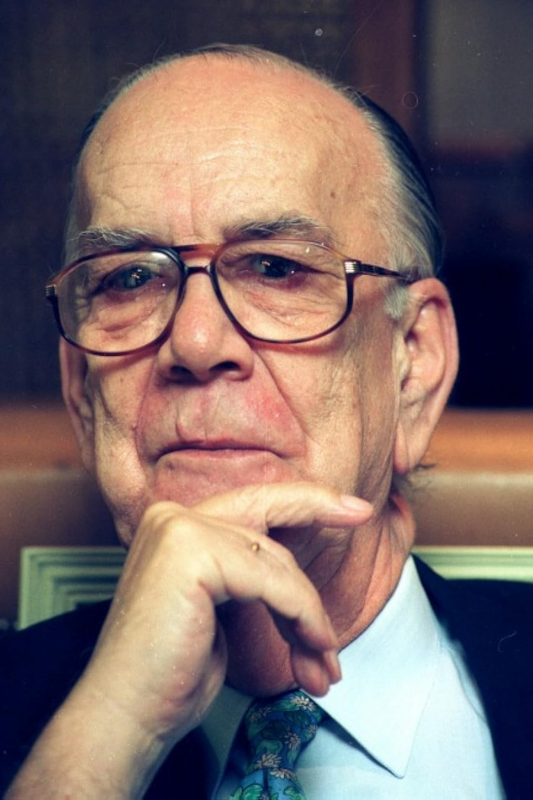
Camilo José Cela was a pivotal figure in 20th-century Spanish literature. He's known for his stark, often brutal depictions of post-Civil War Spain. His most famous work is The Hive that vividly captures the struggles of ordinary people in the aftermath of the war.
Cela’s narrative style is known for its raw realism and helped him earn the Nobel Prize in Literature in 1989. Throughout his career, Cela authored novels, essays, and short stories and cemented his legacy as a leading voice in Spanish literary history.
5. Gabriel García Márquez (1927-2014)
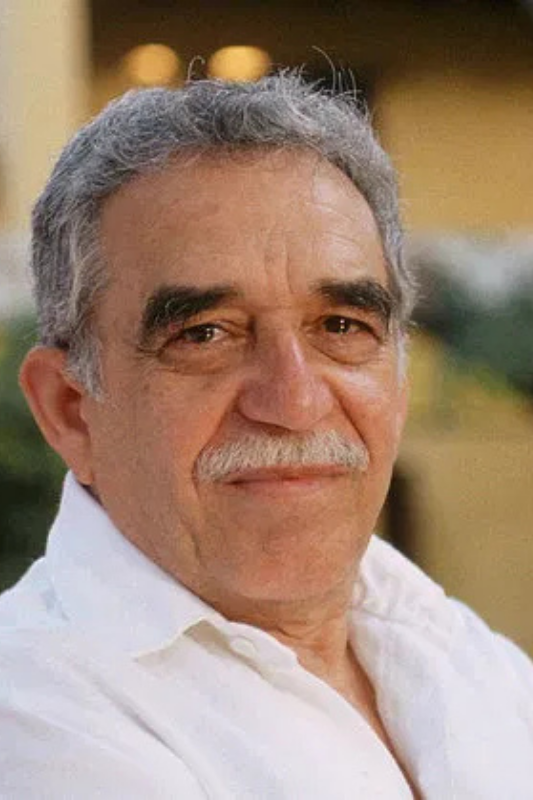
Gabriel García Márquez was a giant figure of 20th-century literature, best known for pioneering the genre of magical realism. His most famous novel, One Hundred Years of Solitude, tells the multi-generational story of the Buendía family in the fictional town of Macondo.
Márquez masterfully blends the ordinary with the fantastical. So, his work is both accessible and deeply profound. In 1982, he was awarded the Nobel Prize in Literature, cementing his status as one of the most celebrated authors in Latin American and world literature.
6. Isabel Allende (1942–Present)
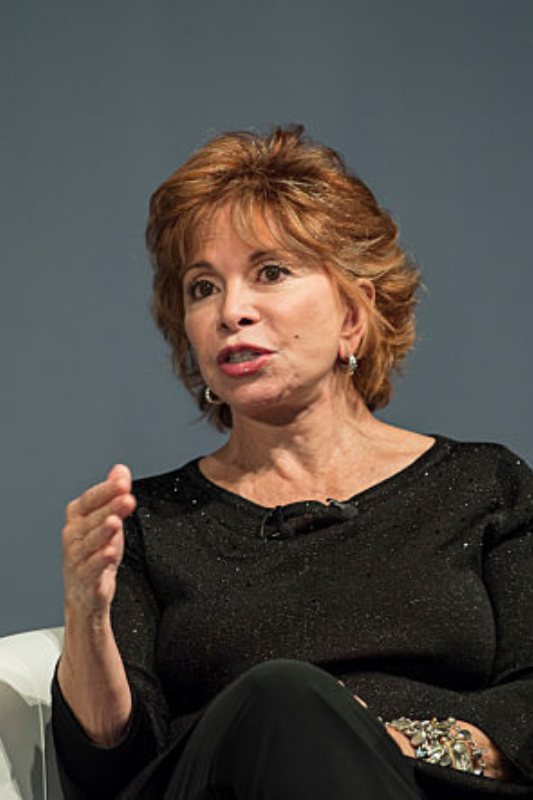
Isabel Allende is one of the most important voices in Latin American literature, known for weaving magical realism into historical narratives. Her most famous work, The House of the Spirits, tells the story of the Trueba family, blending family dynamics with the political upheaval in 20th-century Chile. It explores themes of love, power, and the role of women in society. It is a compelling read that reflects the region's turbulent history.
Another notable novel, Of Love and Shadows, explores political repression during a dictatorship, following a journalist and a photographer uncovering human rights abuses. Allende’s storytelling blends the personal and political. It paints vivid portraits of both human relationships and the broader socio-political landscape. Her work has earned her international acclaim and numerous literary awards.
7. Carlos Ruiz Zafón (1964-2020)

Carlos Ruiz Zafón was a beloved contemporary Spanish author, best known for The Shadow of the Wind, the first in his Cemetery of Forgotten Books series. Set in post-war Barcelona, it follows a young boy, Daniel, who discovers a mysterious book that changes his life. The novel blends gothic intrigue, history, and mystery and it’s a global bestseller. Zafón’s intricate storytelling and atmospheric writing have made his work timeless.
Zafón’s novels, often set against the backdrop of Barcelona, are known for their dark, labyrinthine plots. His gothic storytelling style, combined with rich character development, draws readers into the secretive and often haunting world he creates. His works have been translated into over 40 languages, solidifying him as one of Spain’s most widely-read contemporary authors.
8. Rosa Montero (1951–Present)
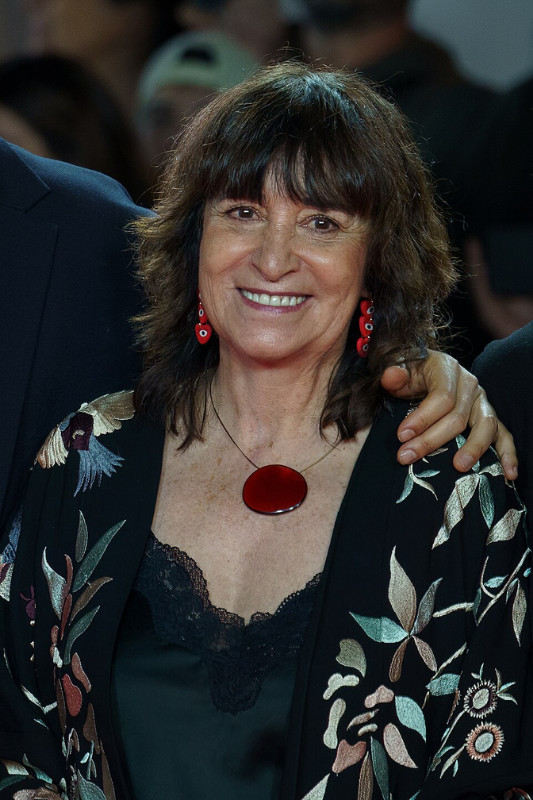
Rosa Montero is a prominent Spanish author and journalist, known for her thought-provoking novels and essays. Her works often explore themes of identity, memory, and human resilience. One of her standout novels, The Cannibal’s Daughter, follows the life of a woman confronting personal tragedy while grappling with the complexities of modern life. Montero’s unique narrative voice and psychological depth make her work both relatable and reflective.
Her ability to blend fiction with real-world concerns has made her a key figure in contemporary Spanish literature. Montero’s stories often center on women’s experiences and the emotional landscapes they navigate. It gives us insightful commentary on life, loss, and the passage of time. Through her novels and essays, she continues to challenge societal norms while engaging readers with powerful, emotionally driven narratives.
9. Jorge Luis Borges (1899-1986)
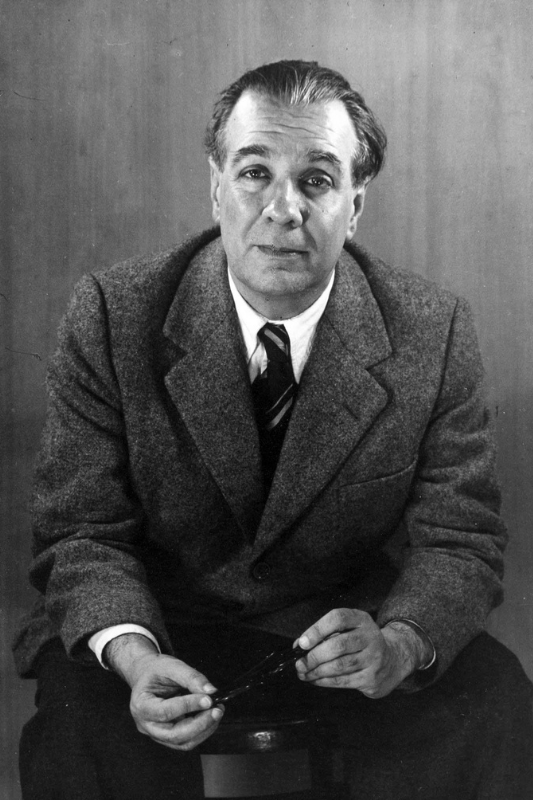
Jorge Luis Borges was a pioneering Argentine writer whose work redefined the boundaries of literature. Known for his philosophical short stories, Borges explored complex themes like time, identity, and infinity. One of his most famous collections, Ficciones, includes stories such as The Garden of Forking Paths, where reality bends and multiple possibilities coexist. His work is a labyrinth of ideas, where fiction and reality blur.
Borges’ unique blend of metaphysics, fantasy, and philosophical thought has influenced writers worldwide. His detailed, thought-provoking stories invite readers to question the nature of reality, knowledge, and existence. Often called a master of modern short fiction, Borges’ impact on literature and literary theory is immeasurable. He was truly one of the most influential authors of the 20th century.
10. Pablo Neruda (1904-1973)
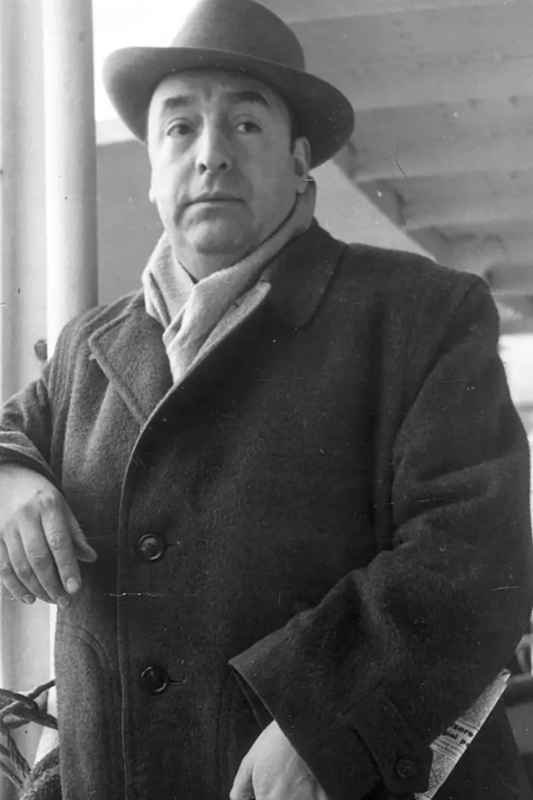
Pablo Neruda was a Chilean poet and diplomat, celebrated for his passionate and lyrical poetry. His most famous collection, Twenty Love Poems and a Song of Despair, explores themes of love, longing, and heartbreak, using vivid imagery to capture deep emotions. His political activism also influenced much of his work, with his later poetry reflecting his commitment to social justice and human rights.
Neruda’s ability to express complex emotions in simple, beautiful language made him a beloved figure in world literature. He received the Nobel Prize in Literature in 1971, further solidifying his global reputation.
11. Julio Cortázar (1914-1984)
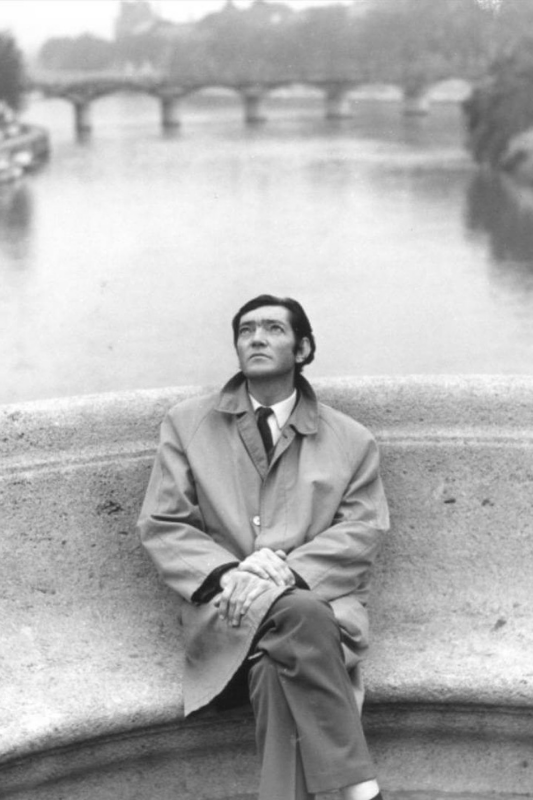
Julio Cortázar was an influential Argentine writer and a key figure in the Latin American Boom. His groundbreaking novel Hopscotch invites readers to choose their own narrative path, creating a non-linear, interactive reading experience. The novel, along with his surreal short stories like House Taken Over, explores themes of identity, existentialism, and the absurdity of life.
Cortázar’s experimental narrative style broke away from traditional storytelling and made him one of the most innovative writers of his time. His works challenge readers to engage with literature in new ways, blending fantasy with reality and questioning conventional norms. Cortázar’s impact on modern literature remains profound, influencing countless authors globally.
Final Thoughts
Spanish writers have consistently pushed the boundaries of storytelling, from the magical realism of Latin America to the raw depictions of post-war Spain.
Beyond authors we mentioned, you can also explore works by Antonio Machado, a celebrated poet, and Leopoldo Alas (Clarín), author of the classic La Regenta.
FAQs
Who is the most famous Spanish author?
Miguel de Cervantes is the most famous Spanish author, best known for Don Quixote. This novel is widely regarded as one of the greatest works in Western literature.
Who is the most translated Spanish author?
Miguel de Cervantes is the most translated Spanish author, with Don Quixote translated into more languages than almost any other book, second only to the Bible.
Who wrote the first novel in Spanish?
Miguel de Cervantes is credited with writing the first modern novel in Spanish, Don Quixote, which was published in two parts in 1605 and 1615.
Who is the most widely read Spanish-language author?
Gabriel García Márquez is one of the most widely read Spanish-language authors, known for his novel One Hundred Years of Solitude, a key work in magical realism.


